The Future of Forests: Guardians of a Sustainable Planet
Rahman Sk Abidur
(Chungnam National University, South Korea)
As we navigate the 21st century, the future of forests stands at a critical juncture. Covering approximately 31% of the Earth’s land area, forests are vital for the planet’s health, providing essential ecosystem services, supporting biodiversity, and mitigating climate change. However, they face unprecedented threats from deforestation, climate change, and unsustainable practices. While many seek a silver bullet to overcome this crisis, the good news is that solutions already exist. To secure a sustainable future, we must reimagine and reshape our approach to forest management and conservation. Here are a few suggestions that make our future forest sustainable.
Innovations and Nature-Based Solutions
As the youth of today, we envision a future where humanity coexists harmoniously with nature, leveraging both natural resources and advanced technologies sustainably. If we fail to simultaneously progress with natural resource management and the Fourth Industrial Revolution (4IR), this world will not be sustainable in the long run. Innovations such as remote sensing, drone technology, and AI-driven data analysis are transforming forest management practices. These technologies enable real-time monitoring of forest health, biodiversity, and carbon stocks, allowing for more effective and responsive conservation strategies.
Nature-based solutions (NBS) like agroforestry, forest farming, food forests, and permaculture share a focus on economic growth, social inclusion, and environmental protection. Although these terms may sound complex, their core elements are interconnected and crucial for the well-being of individuals and societies, aligning with the Sustainable Development Goals (SDGs). Additionally, carbon capture technology has been introduced to reduce carbon emissions, addressing the rising global temperatures.
Promoting Sustainable Forest Management
Sustainable forest management (SFM) practices are essential for maintaining the ecological integrity of forests while supporting local economies. The future of forests depends on the widespread adoption of SFM principles, balancing ecological, social, and economic needs. This includes selective logging, agroforestry, and community-based management. By promoting sustainable practices, we can ensure that forests continue to provide resources such as timber, non-timber forest products, and ecosystem services without degrading the environment.
Enhancing Forest Resilience and Adaptation
Climate change poses significant threats to forest ecosystems, including increased frequency and intensity of wildfires, pests, and diseases. Future forest management must focus on enhancing resilience and adaptation. This involves planting diverse and climate-resistant tree species, restoring degraded lands, and implementing fire management strategies. Strengthening forest resilience will help mitigate the impacts of climate change and support biodiversity and ecosystem stability.
Integrating Forests into Urban Landscapes
Urbanization is a defining characteristic of the 21st century, and integrating forests into urban landscapes will be crucial for creating sustainable cities. Urban forests, green belts, and parks contribute to improved air quality, reduced urban heat island effects, and enhanced mental well-being. Future urban planning should prioritize green infrastructure, ensuring that forests and green spaces are integral components of city development. This approach not only benefits urban residents but also provides habitats for wildlife and promotes biodiversity.
Strengthening Community Involvement and Indigenous Rights
Communities and Indigenous peoples are often the best stewards of forests, possessing deep knowledge and cultural connections to the land. Future forest conservation efforts must prioritize the rights and participation of these groups. Empowering local communities through secure land tenure, capacity building, and inclusive decision-making processes is essential. Recognizing and integrating traditional knowledge with modern conservation practices can lead to more effective and sustainable forest management.
Promoting Education and Awareness
The future of forests hinges on a well-informed and engaged global population. Education and awareness campaigns are vital for fostering a sense of stewardship and responsibility towards forests. This includes integrating forest conservation into school curriculums, public outreach initiatives, and global awareness campaigns. By educating people about the importance of forests and the threats they face, we can inspire collective action and support for forest conservation.
Encouraging International Collaboration
Forests are a global resource, and their conservation requires international cooperation. Future forest conservation efforts must involve collaboration between governments, NGOs, the private sector, and international organizations. Policies such as REDD+ (Reducing Emissions from Deforestation and Forest Degradation) and international agreements like the Paris Agreement play a crucial role in mobilizing resources and coordinating efforts to protect forests. Strengthening these partnerships and commitments will be key to achieving global forest conservation goals.
In conclusion, the future of forests is intrinsically linked to the future of our planet. By embracing technological innovations, promoting sustainable management practices, enhancing resilience, integrating forests into urban landscapes, empowering communities, raising awareness, and fostering international collaboration, we can ensure that forests continue to thrive. Protecting and restoring our forests is not just an environmental imperative but a fundamental step towards building a sustainable and resilient future for all.


